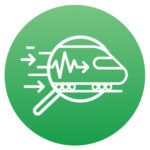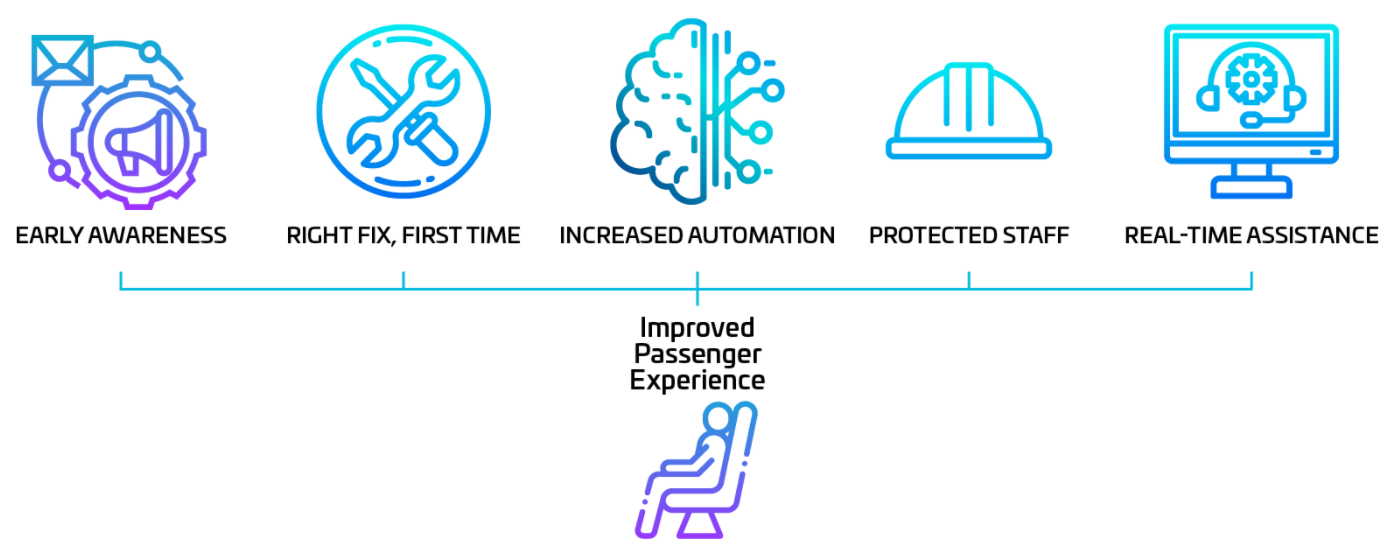TIRIS: a new smart maintenance platform


Relevant RTS critical priority(ies):
Reliable and easy to maintain; Data driven
Railway operators are all too familiar with the problem of how to manage thousands (often tens of thousands) of miles of track and an almost impossible number of stations, platforms, signals, bridges, tunnels, crossings, cuttings, embankments and viaducts, keeping everything maintained in optimum working condition.
When equipment fails, delays are inevitable; and not just to one train, on one journey, but to the many passenger and freight trains scheduled to follow. Proper inspection and carefully scheduled maintenance help to minimise equipment failure but that is difficult to manage when you have assets numbering in the tens of thousands.
Unfortunately, faults are not always easy to diagnose, and they can be impossible to predict. Thales’s smart maintenance platform, TIRIS, is designed to empower users by giving them access to extensive data on their chosen railway assets, which can support their decision-making process. Through TIRIS, Thales is helping operators provide insights into the performance and health of thousands of assets.
However, maintenance will never eliminate equipment failure. Anything with moving parts has the potential to fail. Smart maintenance starts with monitoring. By attaching cable clamps to current-bearing cables, for example, it is possible to measure how much current is being drawn. If the asset being monitored is drawing more current than usual – if it is working harder than normal – then the issue is flagged for investigation.
Non-invasive monitoring is a major attraction of smart maintenance: nothing has to be examined and nothing needs to be taken apart, but the operator benefits from accurate, real-time information about the status of each and every connected asset, which means that engineers can be deployed quickly and safely to avert potential service affecting failures.
Importantly, smart maintenance also lets rail operators deploy their engineers more effectively. The early warning it provides means that planned maintenance can be carried out not only as soon as it is needed, but also at the most convenient time – when it will cause least disruption to services, for example.
Smart maintenance can provide operators with actionable recommendations to help them judge priorities and decide how best to proceed. The information optimises engineering efficiency, reduces delays and improves safety.
Back



